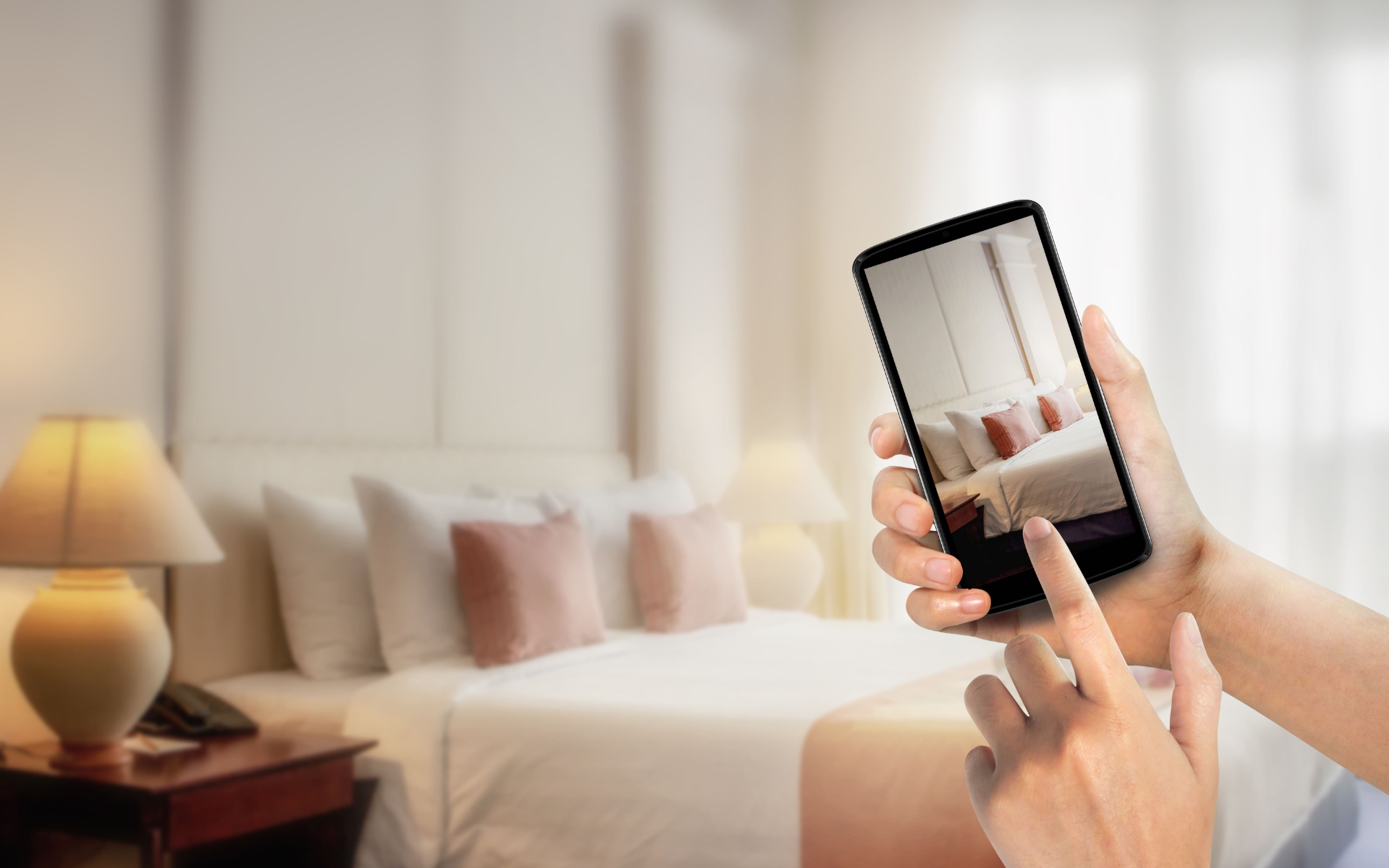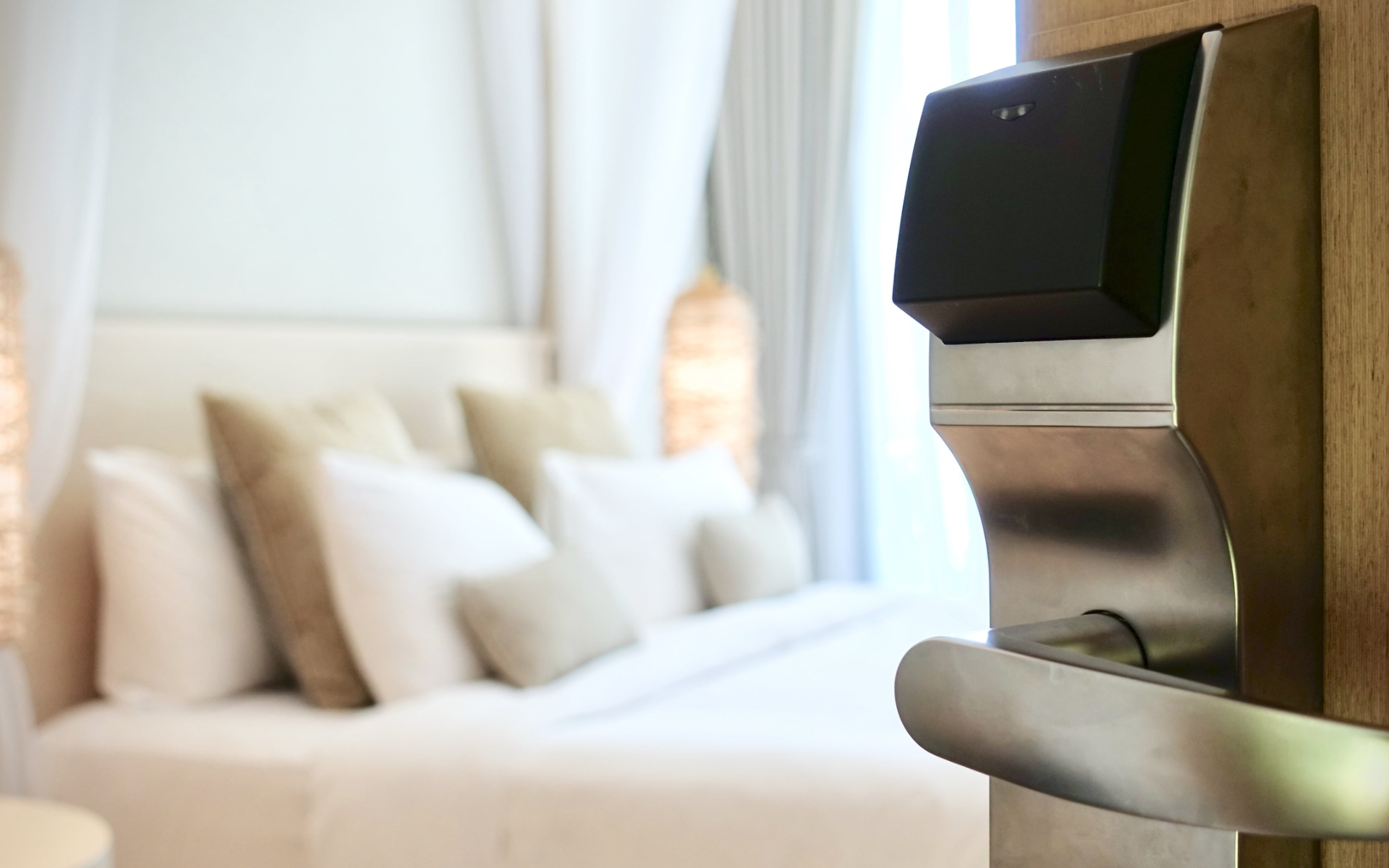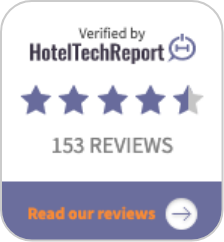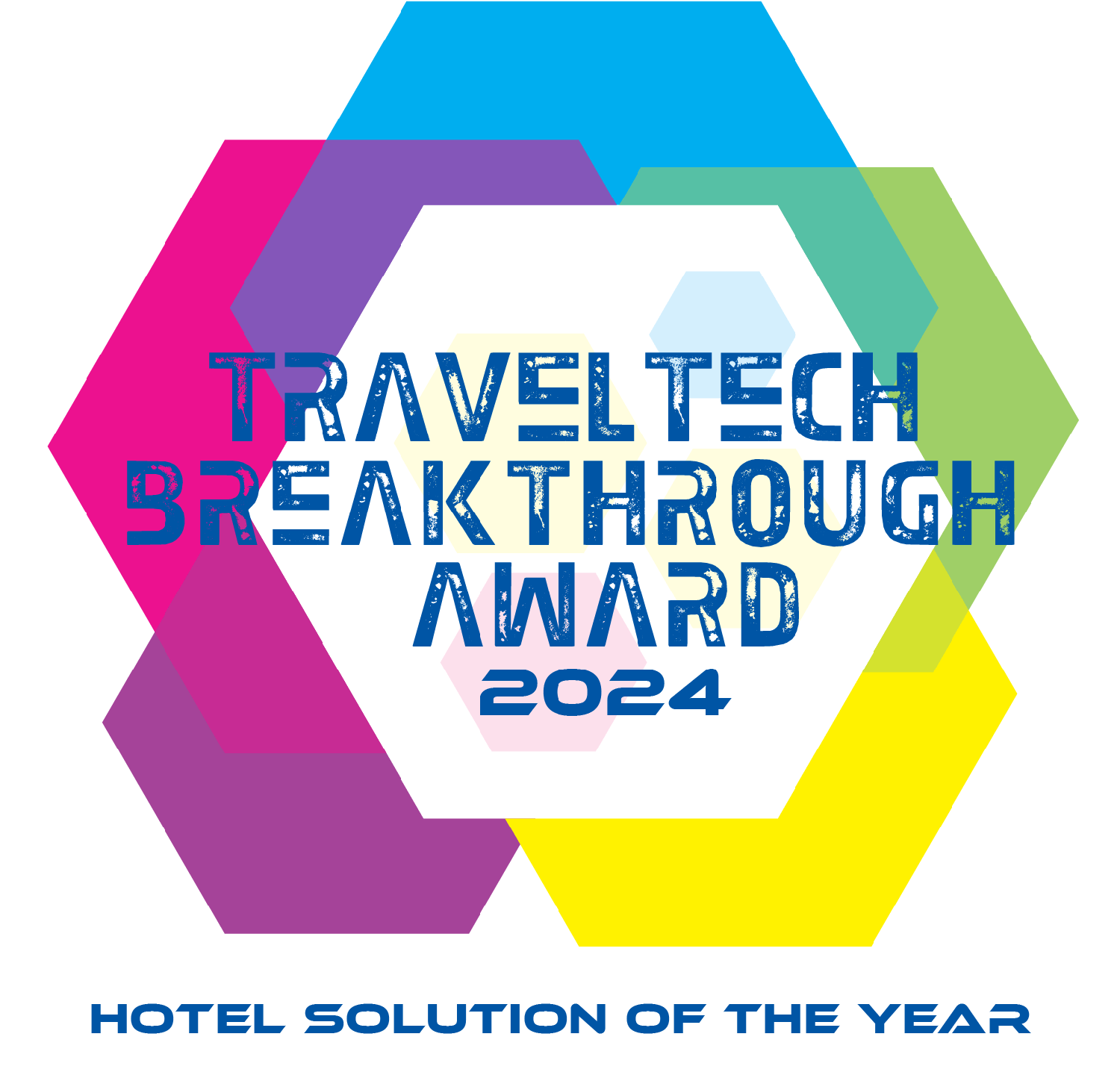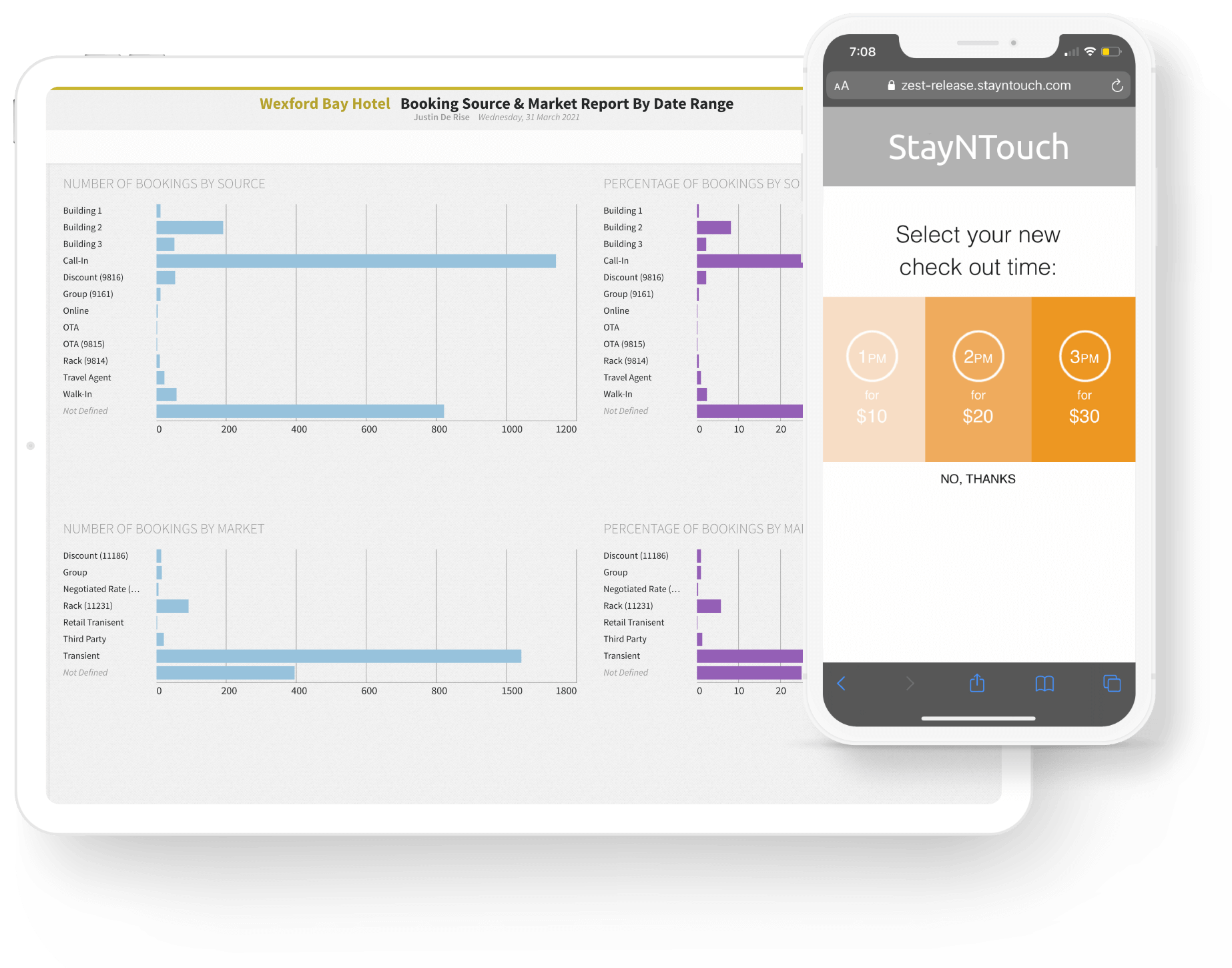In 1953, IBM sales executive Blair Smith was flying from Los Angeles to New York. Sitting next to him was American Airlines President CR Smith. Sharing a common last name, they began to talk. This casual meeting in the “Coffee, Tea, or Me?”-era of flight set the stage for future of travel and hospitality.
Up until this time, flights were booked via a “Magnetronic Reservisor,” a system of vacuum tubes and a magnetic storage drums that allowed the airline to store seat availability. Even before the electromechanical system, operators had rolodexes with flight numbers and availability. In just a few years, airlines went from a pen and paper process to a computerized reservation software known as the “Semi-Automated Business Research Environment” or, more colloquially, SABRE. Shortly thereafter, other airlines built their own reservation software like Deltamatic and Apollo.
These systems eventually extended to hotel inventory and opened to Travel Agents. But it wasn’t until 1996, when a small division of Microsoft launched a website for the ‘do-it-yourself’ traveler called Expedia, that we entered the modern age of travel booking. Online hotel bookings and flight reservations meant that the consumer of the flight or hotel stay could book directly without requiring the aid of a classic Travel Agent.
Fast forward 18 years, more than 50% of hotel bookings are now made online. Guests self-booking reservations is less than a 20 year old, but is an essential part of just about every hotel’s business. That saidm Sabre and Apollo, borne of 1950’s technology still send bookings from agents to hotels today. Major brands and properties run their multi-billion dollar operations on AS/400 and FoxPro systems, technology that dates back 30 years.
Over the past ten years, we’ve seen the boom of consumer software while hotel technology has languished. Customers can geolocate themselves and book a room tonight on their phone, but those reservations often still travel through the old guard of distribution: the roads and bridges traversed by reservations in the digital age date back to the Cold War. As with any thoroughfare, the older the infrastructure gets, the harder it is to maintain.
So what’s a hotelier to do? How can someone run a hotel in today’s economy with yesterday’s technology? How does one eliminate aging, legacy hotel software systems from every day operations? Distribution is going to be a hard nut to crack, mostly due to the almighty dollar; Micros sold to Oracle for $5.3B. Priceline’s market cap is 10 times that at $55B.
Choice of Service
It’s easy to imagine hoteliers in 1999 being hesitant to sell rooms online. “Our reservationists upsell packages, they respond to requests. The guest experience starts at booking and ends at check-out,” might be something you would have heard from a hotelier in 1998. In corollary, in response to the notion of self-service check-in/out, a hotelier in 2014 might say: “Our front desk agents upsell packages and they respond to requests. Our guest experience starts at check-in and ends at check-out.” Historically, hotel software systems didn’t actually change the hotel’s service standards or the guest’s experience during the stay, it was simply the delivery of the service experience that changed. Hotels that offer compelling packages on their website still sell compelling packages to guests. Further, guests who want the booking concierge experience may still call the hotel directly. Online booking simply gave guests a choice. Similarly, self check-in and out isn’t going to negatively affect the guest experience; the right hotel property management system will give guests the choice of experience.
Integration
At the advent of online booking, hoteliers had to syndicate inventory to third party channels on separate extranets, received faxes when a booking came through, at which point a reservations agent typed the details into the hotel property management system. As the number of channels expanded, and the numbers of bookings increased. Hoteliers were soon managing multiple inventories for multiple sources and manual data entry became unwieldy. Hotel distribution channels and hotel property management systems eventually became better integrated, alleviating the pain of selling rooms online
Surely, we’ve all learned our lesson and no one would ever consider a self check-in/out solution that wasn’t integrated to the hotel PMS software, right? Right?
The Whole Picture
But check-in is only part of the reservation transaction, and check-in and out are inherently more complex than booking. A booking’s two parts of search and selection are relatively indistinguishable, and they happen sequentially. Check-in and out occur hours—if not days—apart. A booking is entirely dependent on availability, and availability is binary variable: either availability exists for the time searched, or it does not. While check-out cannot occur without a check-in, the nature of the check-out is not dependent upon the nature of the check-in. A booking is a single-department transaction, while check-in and out require a coordinated effort between the front desk and housekeeping.
Typically, the front desk has acted as a proxy for the guest in the transaction, but when self check-in and out, the guest is not a direct stakeholder. To effectively offer a self-service stay, direct lines of communication must exist between housekeeper, housekeeping supervisor, the front desk and the guest. If housekeeping isn’t in the self-service stay equation, an operational bottleneck is being overlooked. Furthermore, if housekeeping isn’t integrated to the hotel PMS software, that operational bottleneck is exacerbated, rather than alleviated.
Imagine a hotel with an online booking engine that displays availability, but asks guests to “Call to book.” If automation is just an facade on a manual process, operational inefficiencies aren’t minimized, they’re actually increased!
As an industry, we’ve accepted the automation and integration of booking and the notion of a self-service search. However, we’ve stayed entrenched in the technology of the last generation. The self-service stay is already here, it’s up to hoteliers whether they want to simply ride the wave, or create a sea change.
By Bryn Williams, Director Strategic Accounts at StayNTouch, Inc.

